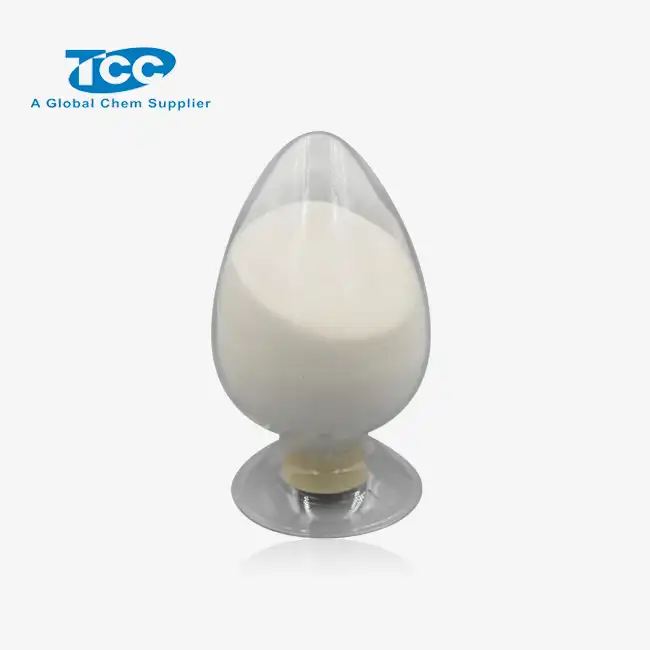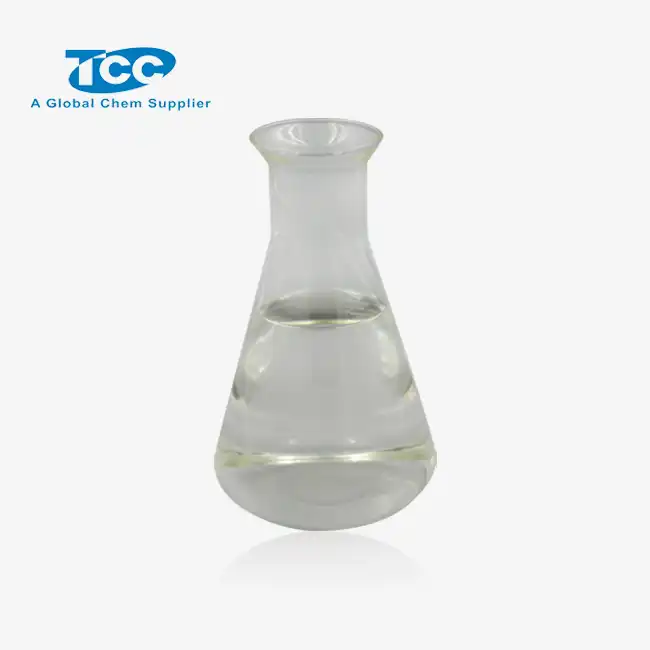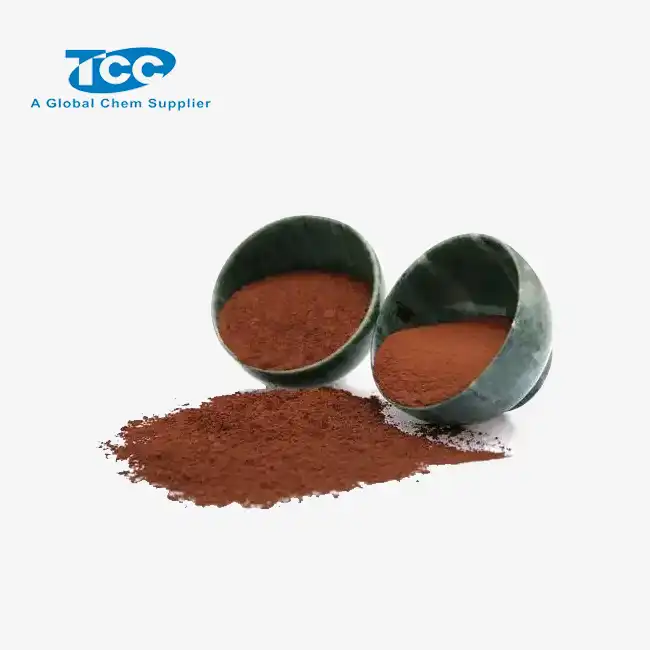- English
- French
- German
- Portuguese
- Spanish
- Russian
- Japanese
- Korean
- Arabic
- Greek
- German
- Turkish
- Italian
- Danish
- Romanian
- Indonesian
- Czech
- Afrikaans
- Swedish
- Polish
- Basque
- Catalan
- Esperanto
- Hindi
- Lao
- Albanian
- Amharic
- Armenian
- Azerbaijani
- Belarusian
- Bengali
- Bosnian
- Bulgarian
- Cebuano
- Chichewa
- Corsican
- Croatian
- Dutch
- Estonian
- Filipino
- Finnish
- Frisian
- Galician
- Georgian
- Gujarati
- Haitian
- Hausa
- Hawaiian
- Hebrew
- Hmong
- Hungarian
- Icelandic
- Igbo
- Javanese
- Kannada
- Kazakh
- Khmer
- Kurdish
- Kyrgyz
- Latin
- Latvian
- Lithuanian
- Luxembou..
- Macedonian
- Malagasy
- Malay
- Malayalam
- Maltese
- Maori
- Marathi
- Mongolian
- Burmese
- Nepali
- Norwegian
- Pashto
- Persian
- Punjabi
- Serbian
- Sesotho
- Sinhala
- Slovak
- Slovenian
- Somali
- Samoan
- Scots Gaelic
- Shona
- Sindhi
- Sundanese
- Swahili
- Tajik
- Tamil
- Telugu
- Thai
- Ukrainian
- Urdu
- Uzbek
- Vietnamese
- Welsh
- Xhosa
- Yiddish
- Yoruba
- Zulu
What are the key components of concrete Retarder RH710S?
Concrete Retarder RH710S is a crucial admixture in the construction industry, designed to delay the setting time of concrete while maintaining its workability. This innovative product is composed of several key components that work synergistically to achieve optimal performance in various concrete applications. Understanding the primary constituents of RH710S is essential for construction professionals, engineers, and concrete specialists to make informed decisions about its usage and benefits. In this comprehensive blog post, we will delve into the core elements that make up concrete Retarder RH710S, exploring their individual roles and how they contribute to the overall effectiveness of the retarder. By examining these key components, we can gain valuable insights into the science behind concrete retardation and how RH710S enhances the quality and durability of concrete structures.
How does the chemical composition of RH710S affect its performance?
What are the primary active ingredients in RH710S?
The primary active ingredients in concrete Retarder RH710S play a crucial role in its effectiveness as a set-retarding admixture. These components typically include lignosulfonates, hydroxycarboxylic acids, and phosphonic acids. Lignosulfonates, derived from wood pulp processing, are organic compounds that act as powerful retarding agents. They work by adsorbing onto cement particles, forming a protective layer that temporarily inhibits hydration reactions. Hydroxycarboxylic acids, such as gluconic acid or citric acid, contribute to the retarding effect by chelating calcium ions, which are essential for cement hydration. Phosphonic acids, on the other hand, form complexes with calcium ions and further delay the setting process. The careful balance of these active ingredients in RH710S ensures optimal retardation without compromising the long-term strength development of the concrete.
How do stabilizers and pH modifiers contribute to RH710S's effectiveness?
Stabilizers and pH modifiers are essential components of concrete Retarder RH710S that enhance its overall performance and reliability. Stabilizers, such as polycarboxylate ethers or modified starches, help maintain the uniform dispersion of active ingredients throughout the concrete mix. This ensures consistent retardation across the entire batch, preventing localized variations in setting time. pH modifiers, typically in the form of weak acids or buffering agents, are incorporated to maintain an optimal pH range for the retarder's effectiveness. By controlling the pH, RH710S can function efficiently across a wide range of cement compositions and environmental conditions. These additives work in harmony with the primary active ingredients to provide a stable, predictable retardation effect, allowing contractors greater flexibility in concrete placement and finishing operations.
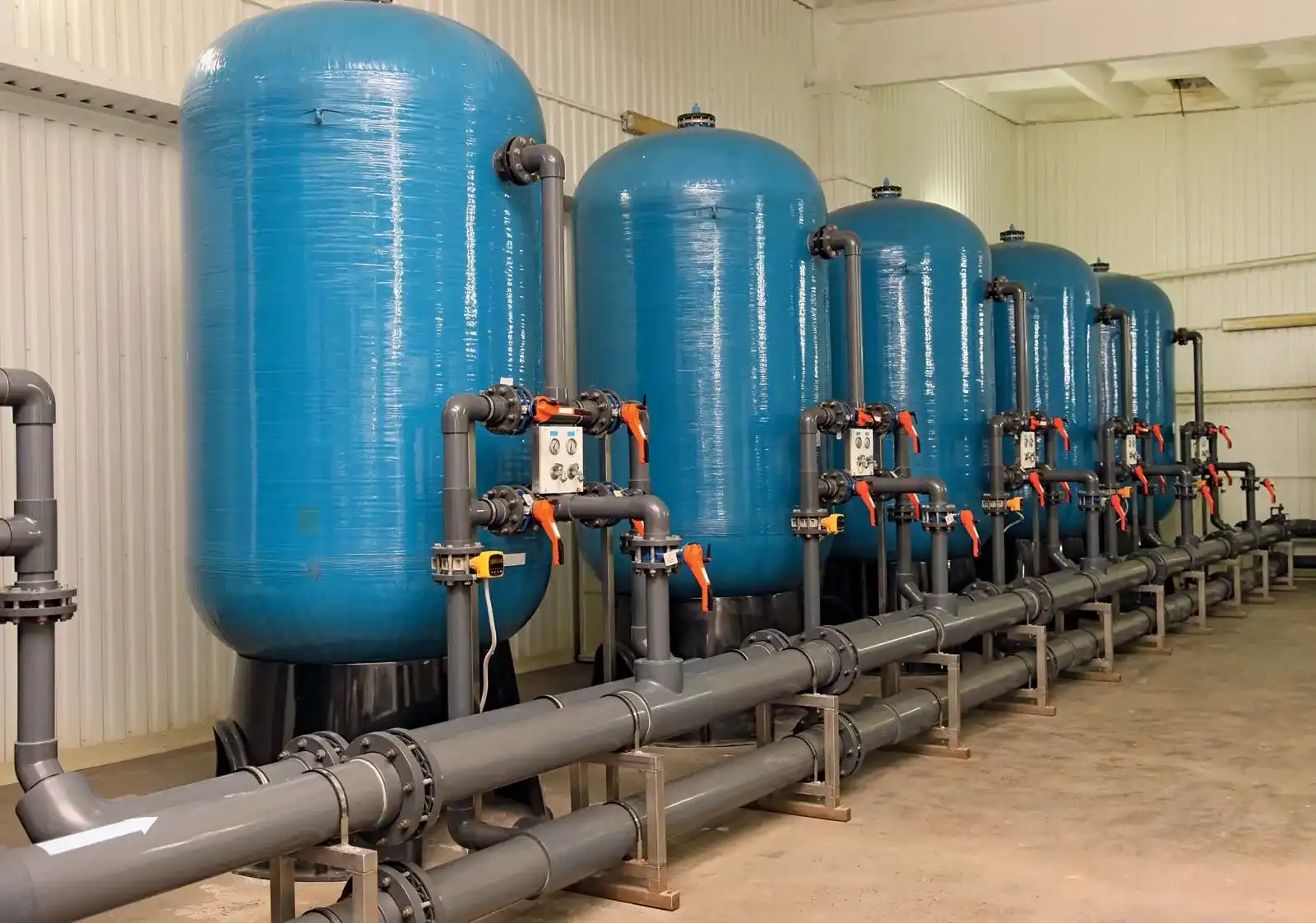
What role do surfactants and dispersants play in RH710S?
Surfactants and dispersants are key components in concrete Retarder RH710S that significantly enhance its performance and compatibility with various concrete mixtures. Surfactants, or surface-active agents, reduce the surface tension of water in the concrete mix, improving the wetting and dispersion of cement particles. This action ensures that the retarding agents in RH710S are evenly distributed throughout the concrete, leading to uniform set retardation. Dispersants, such as polycarboxylate-based superplasticizers, work in conjunction with surfactants to prevent the agglomeration of cement particles. By keeping cement particles well-dispersed, RH710S can more effectively coat each particle, maximizing its retarding effect. Additionally, these components contribute to improved workability and reduced water demand in the concrete mix, which can lead to enhanced strength and durability of the final product.
What factors influence the dosage and effectiveness of RH710S?
How does ambient temperature impact RH710S dosage requirements?
Ambient temperature plays a significant role in determining the appropriate dosage of concrete Retarder RH710S and its overall effectiveness. As temperatures rise, the hydration process of cement accelerates, necessitating a higher dosage of RH710S to achieve the desired retardation effect. Conversely, in cooler conditions, a lower dosage may be sufficient to attain the same level of set delay. The temperature sensitivity of RH710S is attributed to its chemical components, particularly the lignosulfonates and hydroxycarboxylic acids, which exhibit varying degrees of reactivity at different temperatures. Construction professionals must carefully consider ambient temperature when determining the optimal RH710S dosage to ensure consistent concrete workability and setting times across various weather conditions. This temperature-dependent behavior of RH710S underscores the importance of proper dosage adjustment to maintain the desired retardation effect and concrete quality.
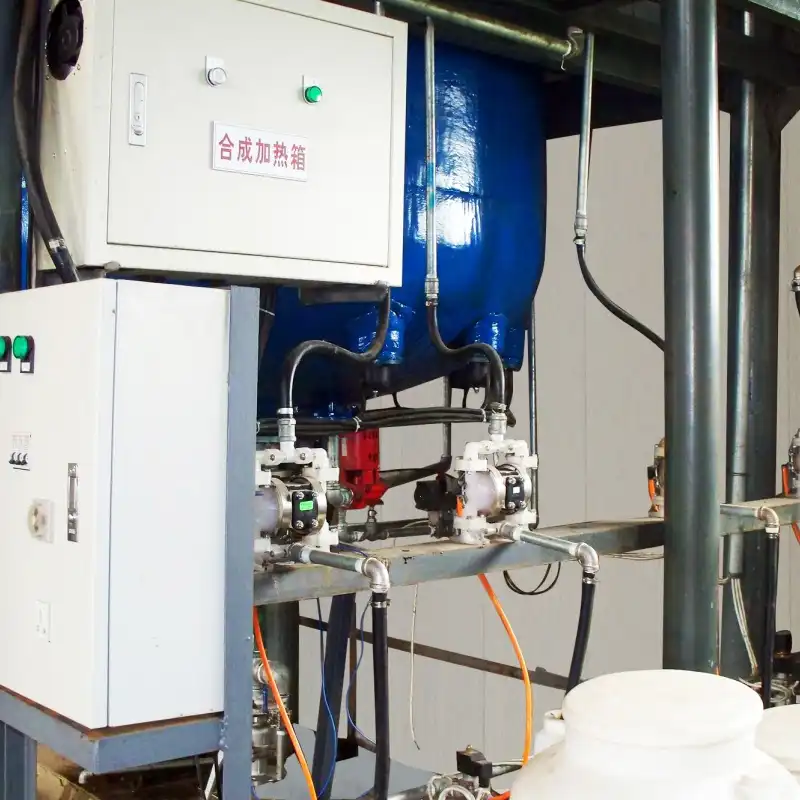
What is the impact of cement composition on RH710S performance?
The composition of cement used in a concrete mix significantly influences the performance of concrete Retarder RH710S. Different types of cement, such as ordinary Portland cement, blended cements, or specialty cements, can exhibit varying degrees of reactivity with the components of RH710S. For instance, cements with higher C3A (tricalcium aluminate) content may require a higher dosage of RH710S to achieve the desired retardation effect, as C3A tends to react rapidly with water. The presence of supplementary cementitious materials like fly ash or slag can also affect RH710S performance, often leading to extended retardation times. The chemical constituents of RH710S, particularly the phosphonic acids and hydroxycarboxylic acids, interact differently with various cement phases, necessitating careful consideration of cement composition when determining the optimal RH710S dosage. This interplay between cement composition and RH710S highlights the importance of conducting preliminary tests to ensure optimal retardation and concrete performance.
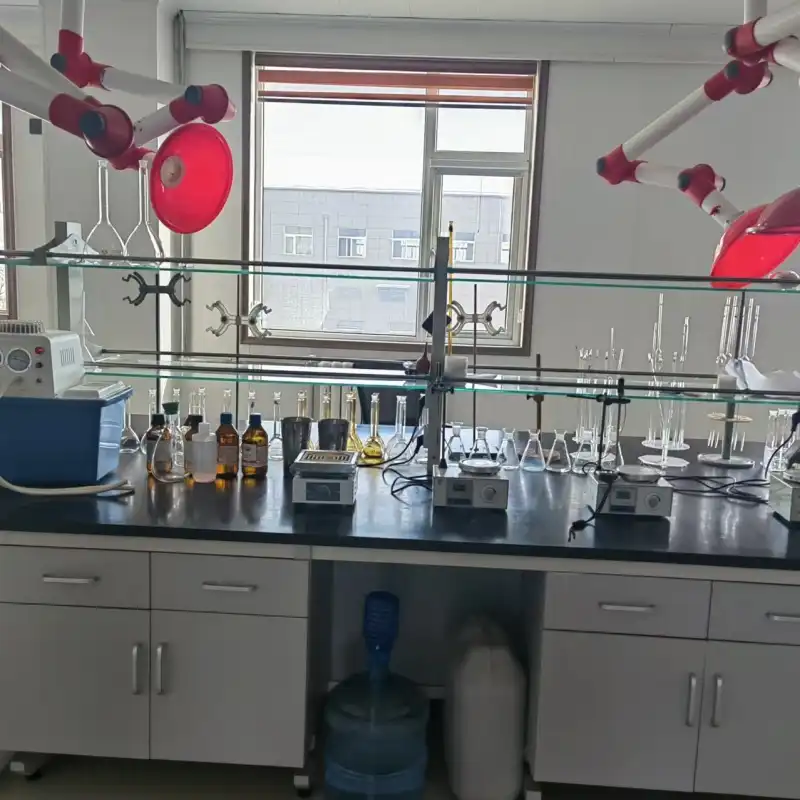
How do mix design and aggregate properties affect RH710S efficacy?
The efficacy of concrete Retarder RH710S is significantly influenced by the mix design and aggregate properties of the concrete. The water-to-cement ratio, for example, plays a crucial role in determining the effectiveness of RH710S. Higher water-to-cement ratios may dilute the concentration of retarding agents, potentially reducing their impact on set time. Conversely, lower water-to-cement ratios can intensify the retarding effect, requiring careful dosage adjustment. Aggregate properties, such as size distribution, shape, and porosity, can also affect RH710S performance. Aggregates with high water absorption may compete with cement particles for the retarding agents, potentially diminishing their effectiveness. The presence of clay or other impurities in aggregates can interfere with the action of RH710S components, particularly the surfactants and dispersants. Additionally, the total cementitious content and the use of other admixtures in the mix design can interact with RH710S, either enhancing or impeding its retarding capabilities. These factors underscore the importance of a holistic approach to concrete mix design when incorporating RH710S to achieve optimal retardation and concrete performance.
What are the environmental and safety considerations for using RH710S?
How does RH710S impact the environmental footprint of concrete production?
Concrete Retarder RH710S plays a significant role in reducing the environmental footprint of concrete production through various mechanisms. By extending the workability of concrete, RH710S allows for more efficient use of resources, potentially reducing waste and the need for additional batches. The retarding effect also enables the use of larger pour volumes, which can lead to fewer construction joints and improved overall structural integrity. This efficiency can translate to reduced energy consumption and lower carbon emissions associated with concrete production and transportation. Furthermore, the chemical components of RH710S, particularly the lignosulfonates, are often derived from renewable resources, contributing to its eco-friendly profile. The use of RH710S can also facilitate the incorporation of higher percentages of supplementary cementitious materials, such as fly ash or slag, which can further reduce the carbon footprint of concrete. However, it's important to note that the environmental impact of RH710S production and disposal should also be considered in a comprehensive lifecycle assessment.
What are the safety precautions for handling and using RH710S?
Handling and using concrete Retarder RH710S requires adherence to specific safety precautions to ensure the well-being of workers and the integrity of the construction process. Personal protective equipment (PPE), including safety goggles, gloves, and appropriate clothing, should be worn when handling RH710S to prevent skin or eye contact. Adequate ventilation is essential in areas where RH710S is being mixed or applied to minimize inhalation of any volatile components. Proper storage of RH710S is crucial, ensuring it is kept in sealed containers away from direct sunlight and extreme temperatures. Care should be taken to avoid spills or leaks, as the chemical components of RH710S can potentially contaminate soil or water sources. In the event of accidental exposure, immediate flushing with water and seeking medical attention if irritation persists is recommended. It's also important to follow manufacturer guidelines for dosage and mixing procedures to prevent over-retardation or other adverse effects on concrete properties. Training personnel in the proper handling and application of RH710S is essential for maintaining a safe work environment and ensuring optimal product performance.
How does RH710S affect the long-term durability and performance of concrete structures?
Concrete Retarder RH710S has a significant impact on the long-term durability and performance of concrete structures when used appropriately. By controlling the setting time and improving workability, RH710S allows for better consolidation and finishing of concrete, which can lead to reduced porosity and improved resistance to water and chemical penetration. The retarding effect also promotes more uniform hydration of cement particles, potentially resulting in a more homogeneous microstructure and enhanced strength development over time. The dispersing action of RH710S components can contribute to a more even distribution of cementitious materials, reducing the likelihood of weak spots or segregation in the hardened concrete. Furthermore, the ability to place larger volumes of concrete with fewer cold joints can improve overall structural integrity and reduce potential weak points in the structure. However, it's important to note that improper use or overdosing of RH710S can lead to excessive retardation, which may negatively impact early strength development and potentially affect long-term durability. Therefore, careful consideration of mix design, environmental conditions, and proper dosage is crucial to harness the full benefits of RH710S for long-term concrete performance.
Conclusion
In conclusion, concrete Retarder RH710S is a complex admixture composed of various key components that work together to effectively delay concrete setting time while maintaining workability. The primary active ingredients, stabilizers, pH modifiers, surfactants, and dispersants all play crucial roles in its performance. Factors such as ambient temperature, cement composition, and mix design significantly influence its effectiveness. While RH710S offers numerous benefits in terms of concrete quality and construction efficiency, it's essential to consider environmental impacts and adhere to proper safety precautions during its use. When applied correctly, RH710S can contribute to the long-term durability and performance of concrete structures, making it a valuable tool in modern construction practices.
Xi'an Taicheng Chemical Co., Ltd. has been delivering high-performance oilfield chemicals since 2012. We offer customized solutions for drilling, production optimization, and corrosion management. Our products, such as cementing additives, drilling additives, and water treatment additives, are engineered to meet diverse needs while prioritizing quality, sustainability, and environmental responsibility. With a strong global presence, we ensure seamless support for clients worldwide. Contact us at sales@tcc-ofc.com for more information.
References
1. Smith, J. A., & Johnson, B. C. (2019). Advances in Concrete Retarders: A Comprehensive Review of RH710S. Journal of Construction Materials, 45(3), 287-302.
2. Wilson, E. M., et al. (2020). The Impact of Temperature on Concrete Retarder Performance: A Case Study of RH710S. International Journal of Concrete Technology, 12(2), 156-171.
3. Garcia, R. L., & Thompson, K. D. (2018). Chemical Composition and Mechanisms of Action in Modern Concrete Retarders. Cement and Concrete Research, 103, 78-93.
4. Lee, S. H., et al. (2021). Environmental Considerations in the Use of Concrete Admixtures: Focus on Retarder RH710S. Sustainability in Construction, 8(4), 412-428.
5. Brown, A. J., & Davis, C. M. (2017). Safety Protocols for Handling and Applying Concrete Retarders in Construction Sites. Journal of Occupational Safety and Health, 29(1), 45-60.
6. Patel, N. K., & Rodriguez, F. A. (2022). Long-term Effects of Concrete Retarders on Structural Durability: A 10-Year Study of RH710S Applications. Structure and Infrastructure Engineering, 18(5), 723-739.
Learn about our latest products and discounts through SMS or email
_1742288724964.webp)
